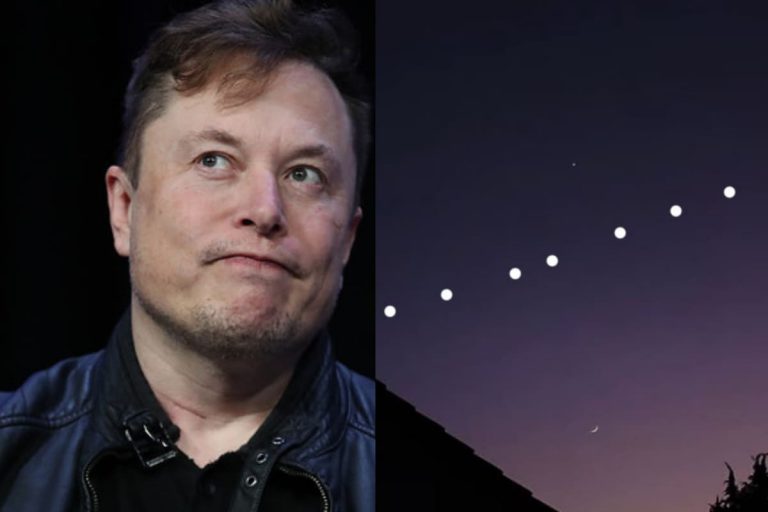
SpaceX has added more subscribers to Starlink internet service, having about 90,000 users globally now. Elon Musk’s satellite internet business has been pushing for a wider coverage amidst competition with Jeff Bezos’ Blue Origin.
The company said in a call with Federal Communications Commission (FCC) officials on July 29 that it now has users in 12 countries. Musk said in June during the Mobile World Congress trade show in Spain that SpaceX had about 70,000 users, and he hopes it reaches the 500,000 mark before the end of the year.
“We are on our way to having a few hundred thousand users, possibly over 500,000 users within 12 months,” he said.
Tekedia Mini-MBA edition 16 (Feb 10 – May 3, 2025) opens registrations; register today for early bird discounts.
Tekedia AI in Business Masterclass opens registrations here.
Join Tekedia Capital Syndicate and invest in Africa’s finest startups here.
The new addition means about 20,000 more new users have joined Starlink service, counting by the number of dishes in each household.
Musk’s quest to deliver a high speed global internet has seen an uptick since early this year, with SpaceX shooting up more satellites to orbit. In early January, SpaceX Falcon 9 rocket sent 60 more of its Starlink satellite into orbit. The number of SpaceX’s satellites in orbit has since increased to 1,700, making SpaceX the company with the highest number of internet satellites in orbit.
With interest in the satellite service so far increasing, Musk is pushing to meet the demand. Musk said in May that Starlink has received more than 500,000 orders and deposits so far.
SpaceX is creating a new technology named “space lasers” by Musk, an intersatellite link which would allow the satellites to create data connections to each other – rather than individually connect to points on the ground.
Intersatellite links will also help improve the Starlink system by reducing the number of ground-based stations needed to operate globally, as well as decrease the network’s latency and increase its speed.
Musk said latency and download speed are key to delivering a fast internet service because they define how much time it takes a signal to travel back and forth from a destination.
“The latency for the Starlink system is similar to latency for ground-based fiber and 5G, so we’re expecting to get latency down under 20 milliseconds,” he said.
To beat the latency hurdle, Musk said SpaceX is launching a next-generation satellite that will orbit in low altitude to increase network service. The new satellite will feature faster speeds, lower latency, and more backhaul capacity to serve more users. But to achieve this, the company needs to shoot as many as 4,000 satellites to orbit.
However, executing this internet speed comes at high cost, and SpaceX has been losing money providing the hardware to subscribers at subsidized cost. Musk said satellite antenna costs $1,300 each but SpaceX charges users $499.
Though he said the next generation terminal is designed to reduce the cost, Musk admitted that SpaceX will need roughly $30 billion in investment over the long run.
SpaceX plans to execute its global satellite internet projects through partnership with telecom companies.
“We have two quite significant partnerships with major country [telecom companies] … and we’re in discussion with a number of other telecom companies to provide Starlink access,” Musk said.
Late last year, SpaceX presented the FCC with Starlink internet performance tests, revealing download speed of about 102Mbps to 103Mbps, with upload speeds of 40.5Mbps to nearly 42Mbps, with a latency of 18 milliseconds to 19 milliseconds. The company hopes the Starlink service will yield multi-billion revenue in the long run that will spur its future growth.



